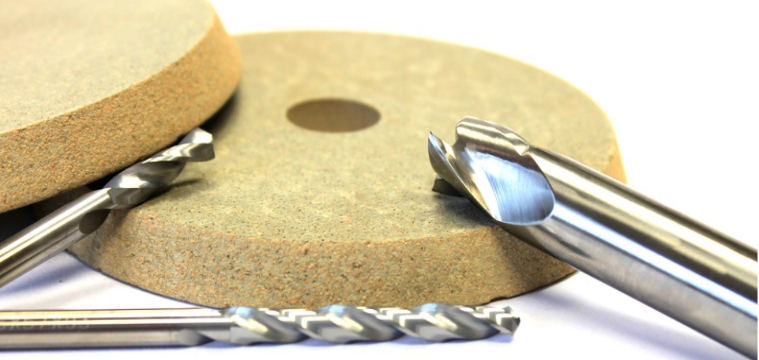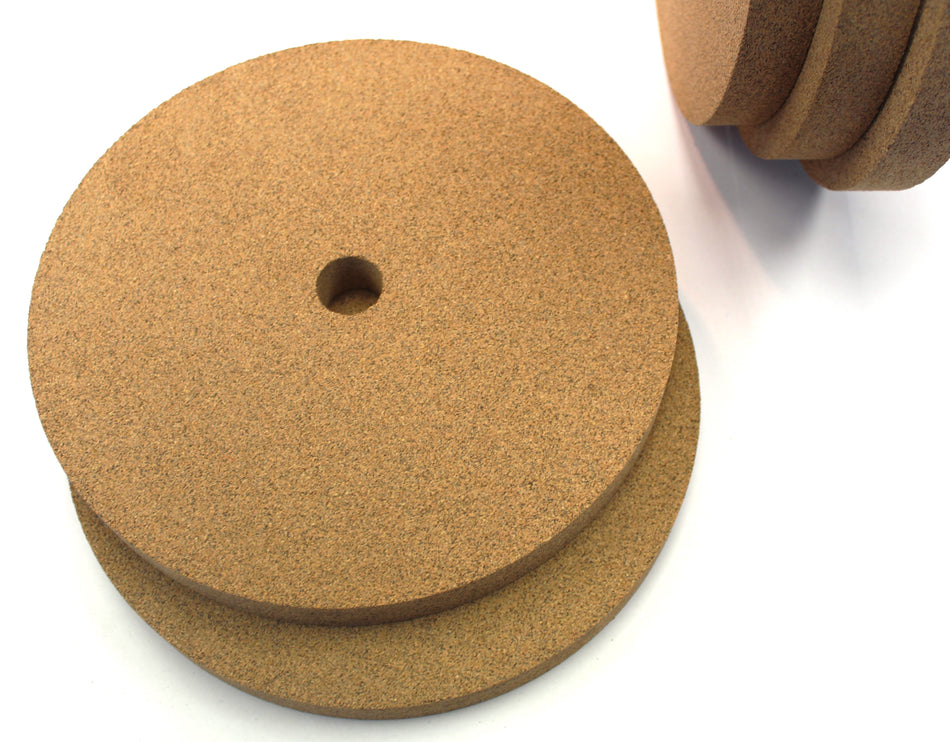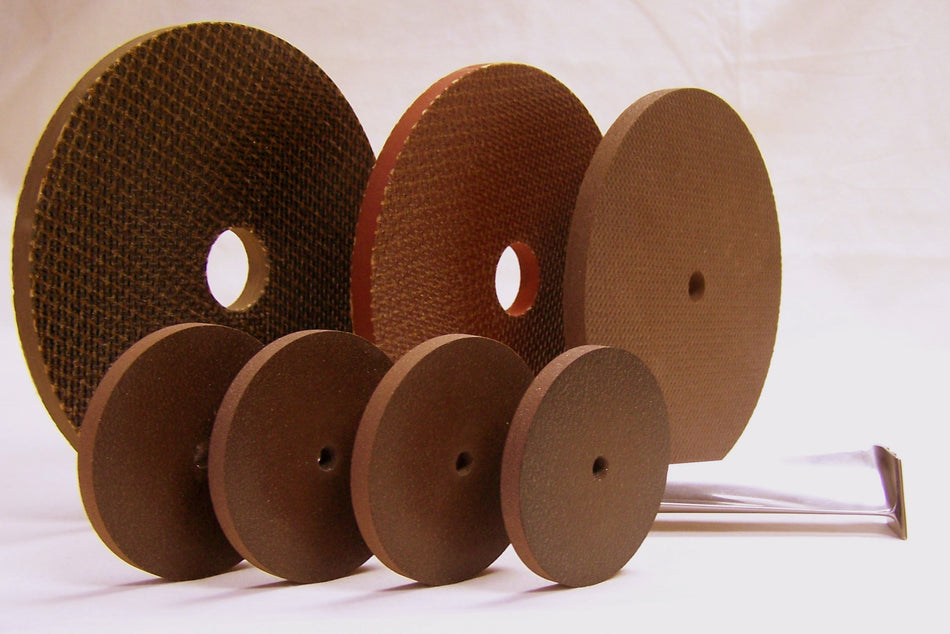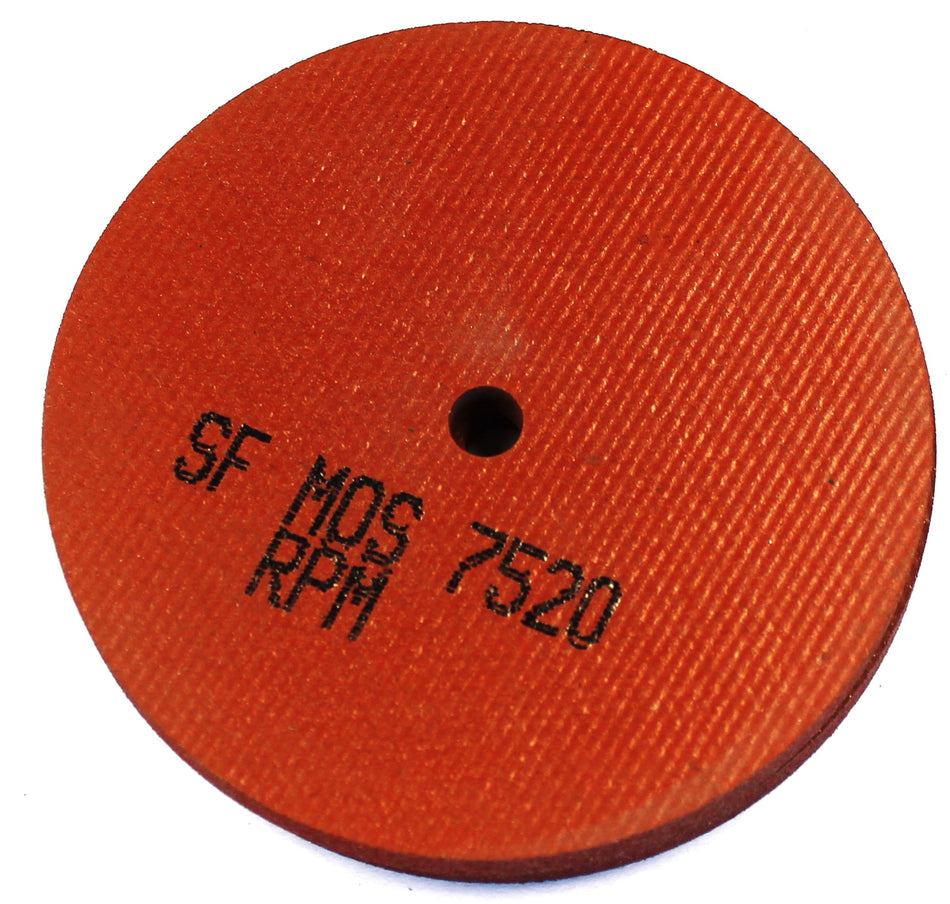Abrasive cutting wheels
Abrasive cutting wheels play a key role in ensuring that you are getting the most efficient and effective use out of your precision cutting processes. Learn what goes into matching abrasive cutting wheels. Ensure that you are making the correct selection, when it comes to choosing your abrasive cutting wheels.
High quality precise sectioning and cutting of workpieces is essential for metallographic analysis, and for any high precision metal industry. Previous posts discussed the different sectioning techniques and why abrasive cutting is the most widely used and trusted method.
This article will discuss various aspects involved in conducting abrasive cutting for metallographic specimen preparation, and for cutting processes in high precision industries.
Benefits of selecting the correct Abrasive Cutting Wheel for your application:
There are many important features and aspects to consider when selecting Abrasive Cutting wheels. By making the correct selection your cutting process can make best use of the following benefits:
- No Material Alteration
- Minimum heat generation, there must be no thermal burning on the surface of the specimen.
- Smooth clean cut, Burr Free.
- Specimen must give an accurate representation of the work piece being tested.
- Long wheel life
- Correct wheel Matching
First consideration Safety
Safety is always the first consideration when dealing with abrasive cutting wheels. To ensure high safety levels follow recommended safety procedures. It is important to use cutting wheels from a manufacturer that you can trust and that manufactures to the highest quality standards.
Always ensure the following:
- Abrasive cutting wheels should only be used on a totally guarded cutting machine.
- Ensure that the workpiece is properly clamped and secure.
- Never exceed the recommended operating speed as specified by the cutting wheel manufacturer.
-
Never use a damaged abrasive cutting wheel.

Selecting the correct Abrasive Cutting Wheel:
When selecting an Abrasive Cutting Wheel the abrasive cutting wheel’s characteristic are some of the key factors to consider. Abrasive cutting wheels come in a variety of different:
- Sizes
- Bonds
- Abrasive materials
The choice of abrasive cutting wheel will depend on the material that you are cutting. The material being cut will influence which bond and abrasive cutting material should be used. While the size of the workpiece and the required cut will influence the size of the wheel required.
A simple guideline is shown in the chart below :
Abrasive Materials
A = Brown Aluminium Oxide – Standard abrasive used to cut ferrous metals.
WA = White Aluminium Oxide – Purified aluminium Oxide is more friable and presents sharper crystal faces during cutting, thus reducing heat generation and a better quality finish.
PA = Pink Aluminium Oxide – Chromium is added to Aluminium Oxide giving a characteristic pink colour. This gives greater hardness and toughness than White Aluminium Oxide. Pink Aluminium Oxide has sharp edges and extraordinary durability.
C = Silicon Carbide – Cutting non-ferrous metals and Cast iron.

Wheel Hardness
Another crucial factor in selecting the correct abrasive cutting wheel is the hardness of the abrasive cutting wheel.

Hard Cutting Wheels:
Harder cutting wheels have a less porous bond and breakdown at a slower rate. They are designed for cutting softer metallic materials. This allows them to provide an optimum cut for softer materials.
Soft Cutting Wheels
Softer cutting wheels have a more porous bond and breakdown at a faster rate. This allows for more abrasive particles to become free and conduct the cutting process. These wheels are designed specifically for cutting harder metallic materials and as such provide an optimum cut.
Bond
Rubber V Resin Bonds.
The recurring question of when to use rubber or resin bonded wheels comes down to application.
Rubber bonded wheels have an elastic bond that provides advantages for metallurgical cutting applications. Rubber bonded wheels can be produced thinner and will maintain greater structural stability at reduced thicknesses.
Resin bonded wheels are more versatile and can be used both with and without a coolant. As the bond percentage decreases in softer specifications non-reinforced resin wheels must be manufactured thicker in order to maintain stability.
Applications using a 2mm resin wheel can be substituted by a 1 to 1.2 mm rubber wheel, but coolant must be applied.
Learn more about our resin and rubber bonded wheel ranges by visiting our precision cutting page.
Making the Correct Selection
Non-Reinforced cut-off wheels are designed without fiberglass. These wheels should only be used on a totally guarded cutting. The workpiece must be securely clamped and guarded.
Below is an outline of a Non-Reinforced cut-off wheel and the details which are important to consider when selecting the correct abrasive cutting wheel.

The Benefits of selecting the Correct Abrasive Cutting Wheel
Selecting the best abrasive cutting wheel for your specific operation will allow you to better and safer perform your cutting operations and result in the following benefits:
- Minimum material wastage, using the correct wheel for the material and size will allow you to reduce the amount of material wastage occurring from the cutting process.
- No Material Alteration, by correctly matching the material to the abrasive cutting wheel you will reduce heat generation and any resulting material alteration.
- Burr-free cut, the correct wheel operating under optimum conditions will ensure a burr-free cut.
- Smooth Finish, the correct wheel operating under optimum conditions will ensure a smoother cut, leading to a more polished finish.
- Longer lasting wheel life, using a wheel specifically for the material being cut will drastically improve the life expectancy of the cutting wheel.
- Safety & Peace of Mind, A poor choice of cutting wheel can both be dangerous to the operator and easily damage the specimen being cut and tested.
How to request information on what cutting wheel you should be using?
We provide a wide range of resin and rubber cutting wheels with specifications that can be adjusted to match your material cutting needs for either industrial use such as cutting Inconel tubes or for preparing metallographic specimens.
To request advice, use the button below to fill out our Online Technical Data Request Form. Please fill out the form with as much information as possible and one of our team will be in touch with our suggestions.
Alternative you can contact us directly at: atto@attoabrasives.com or visit our request quote page on the atto abrasives website.







